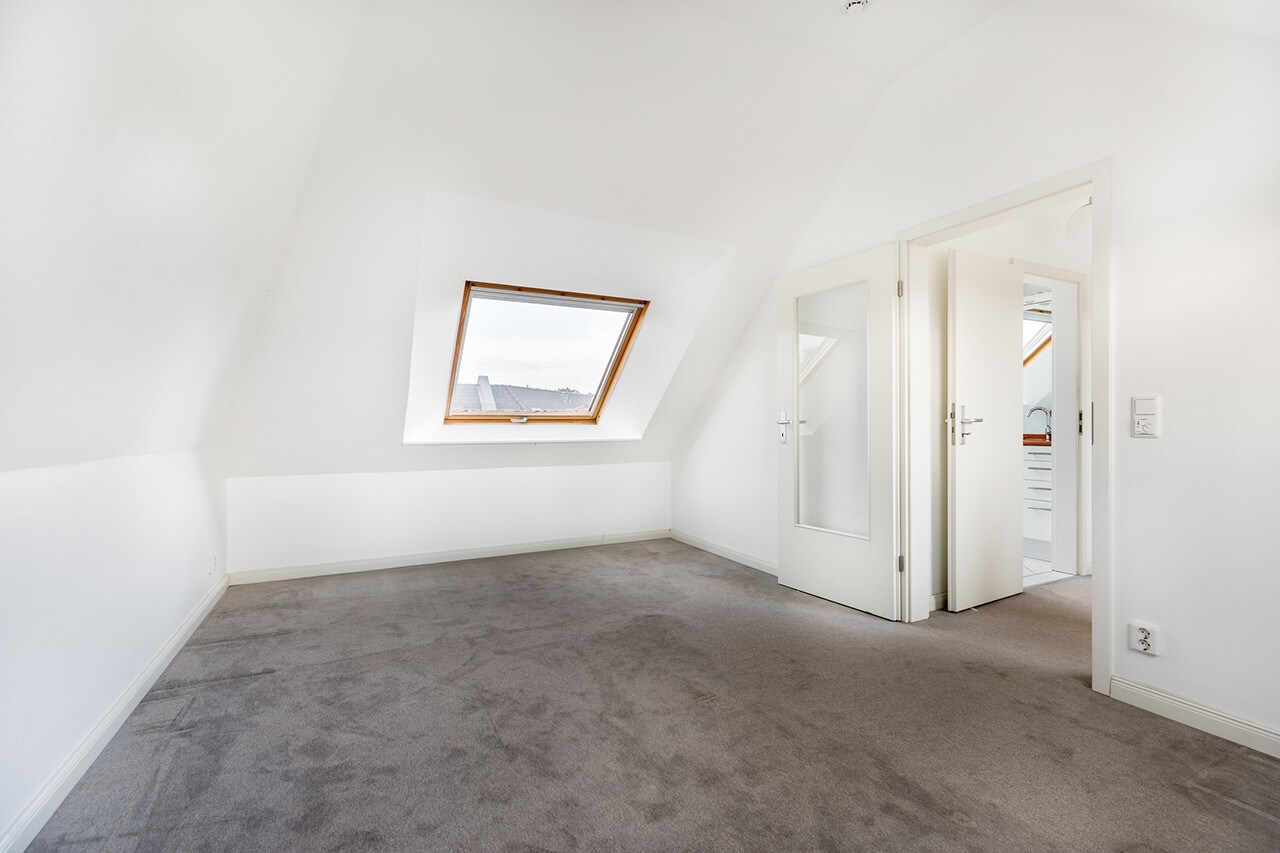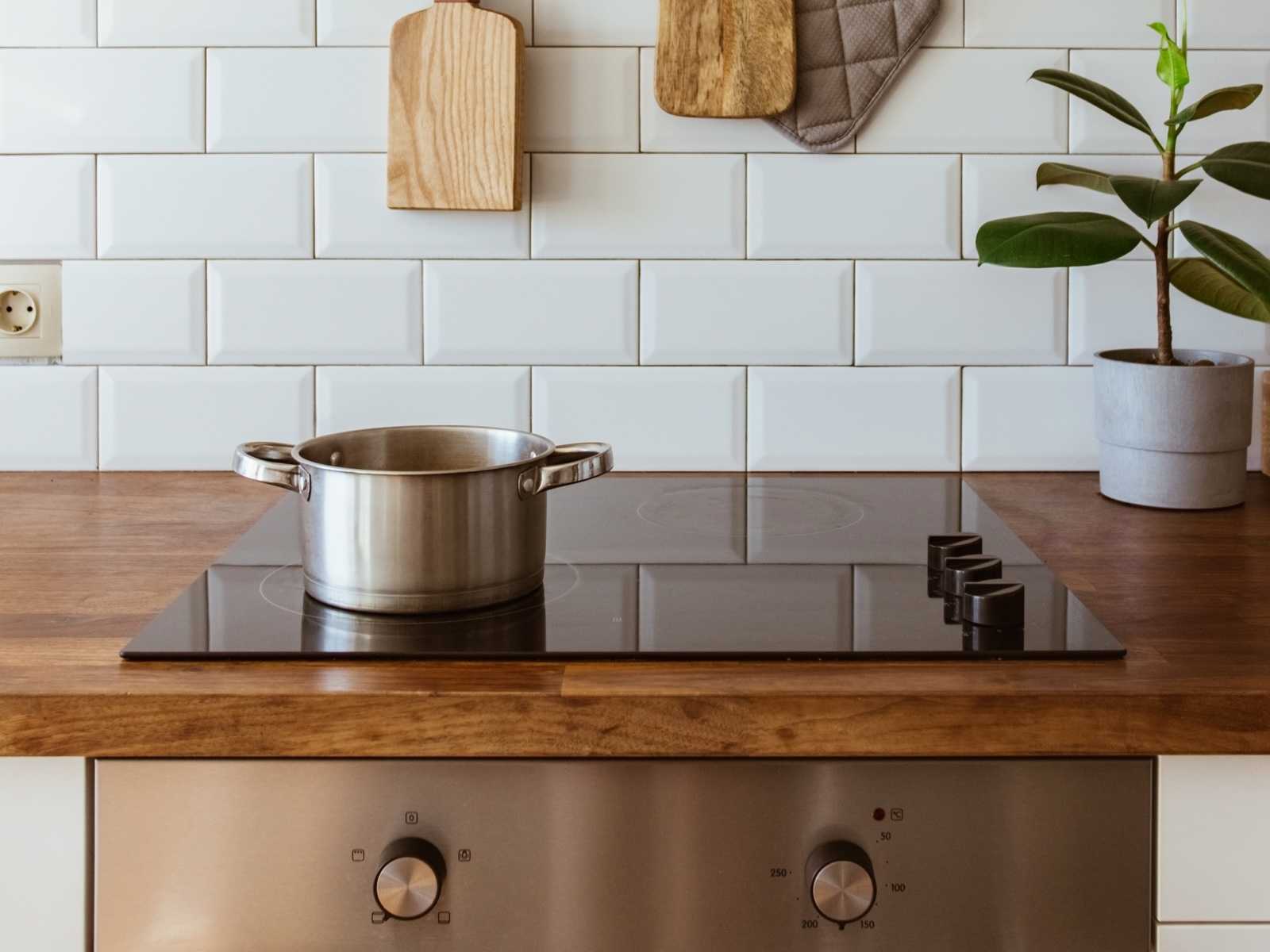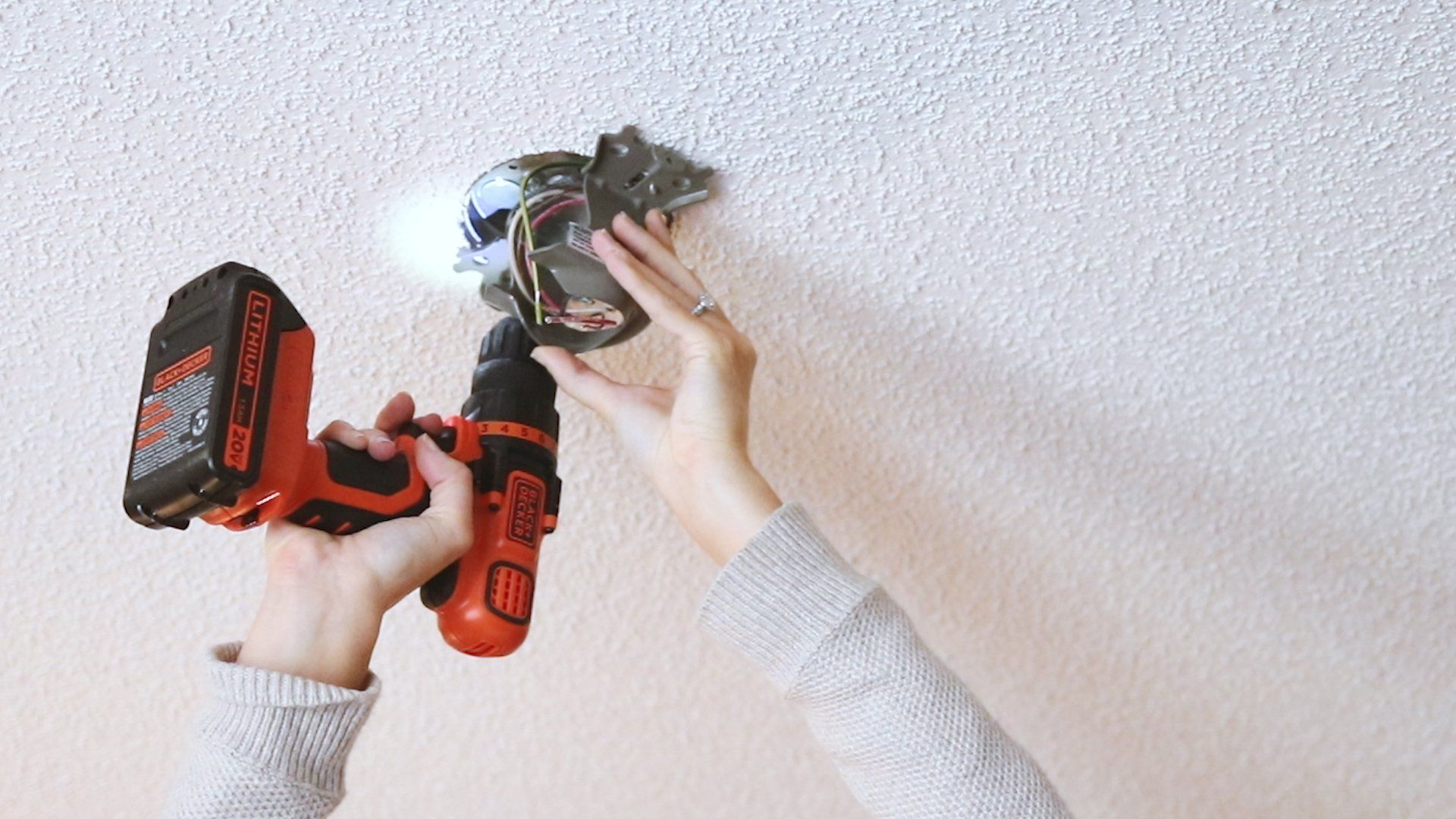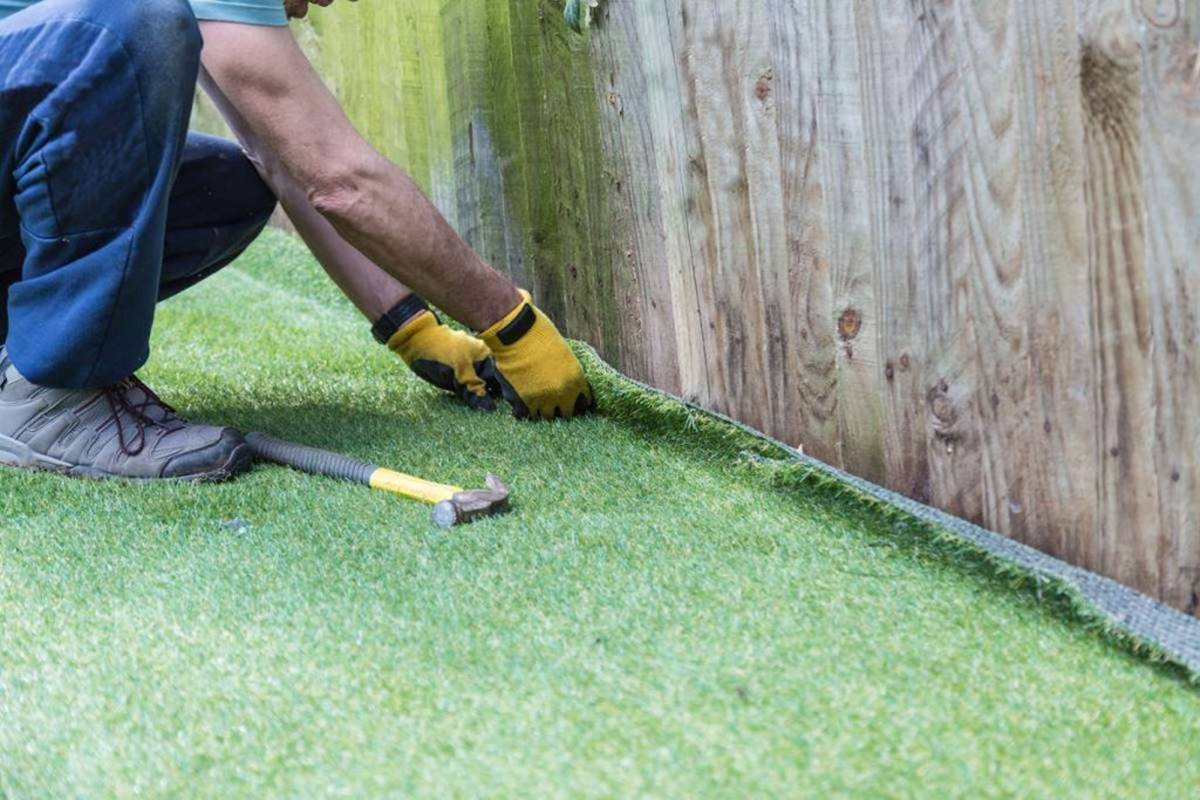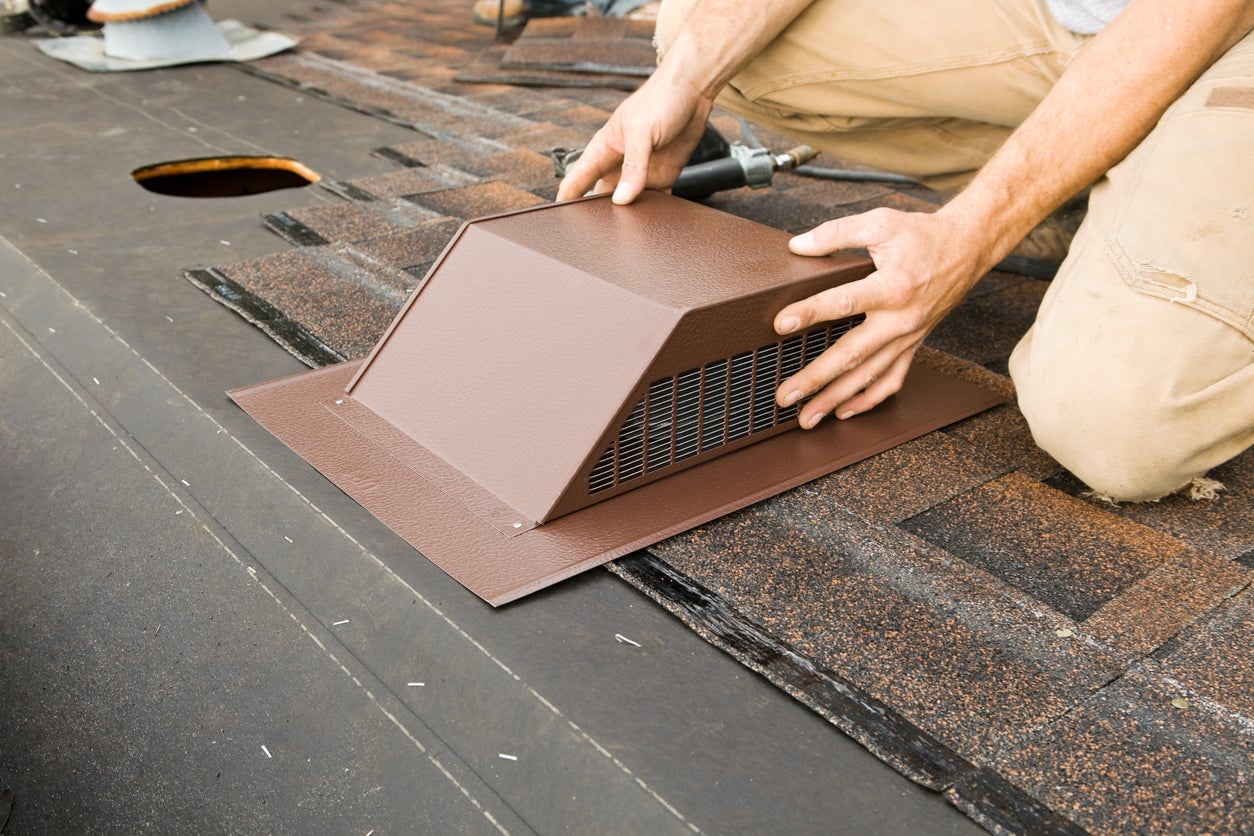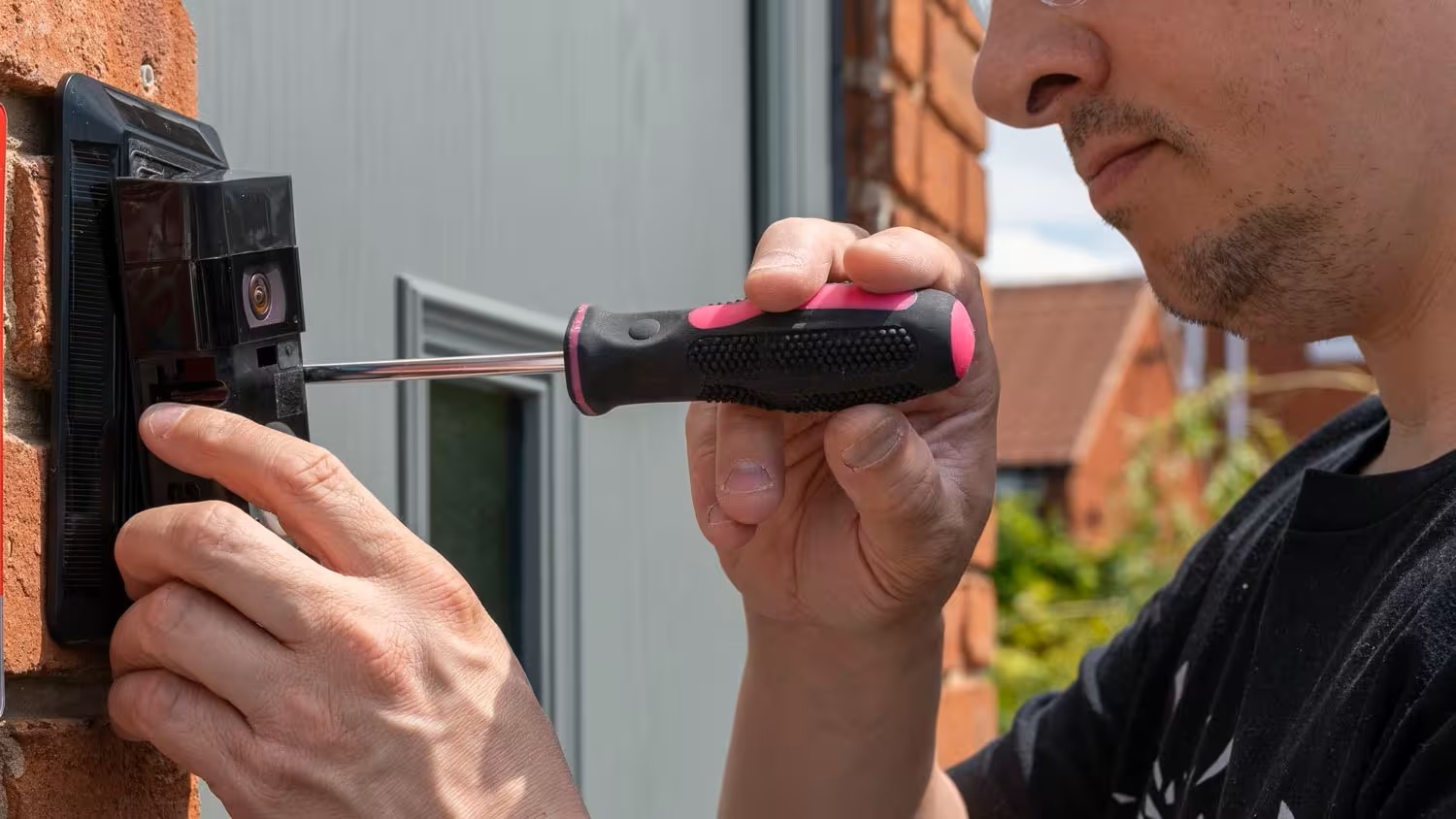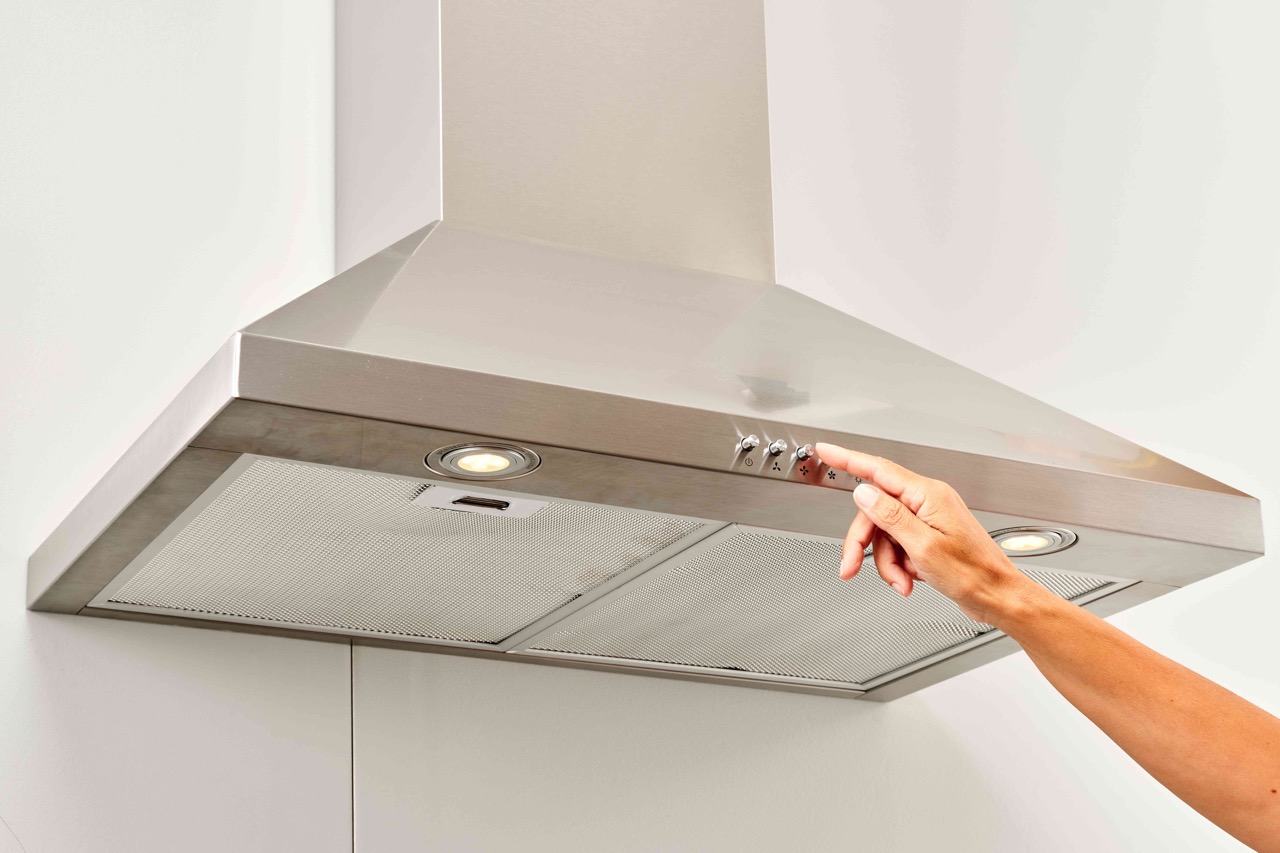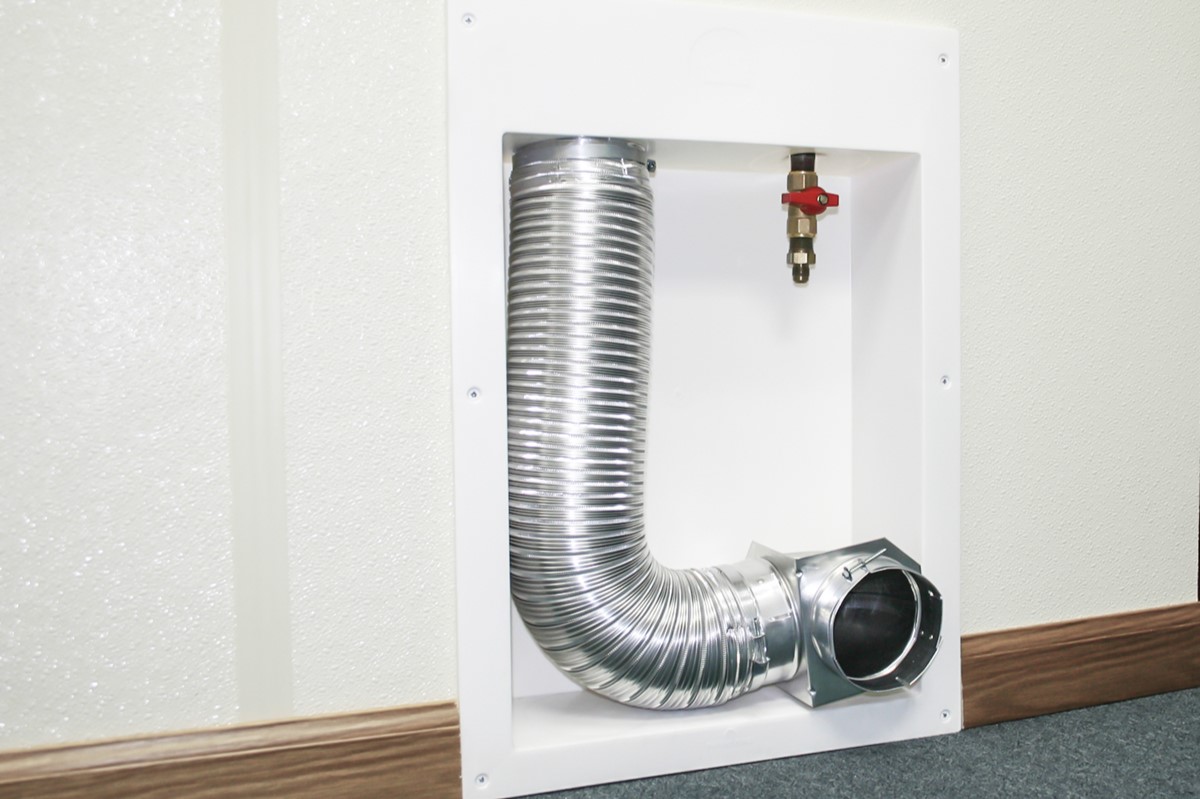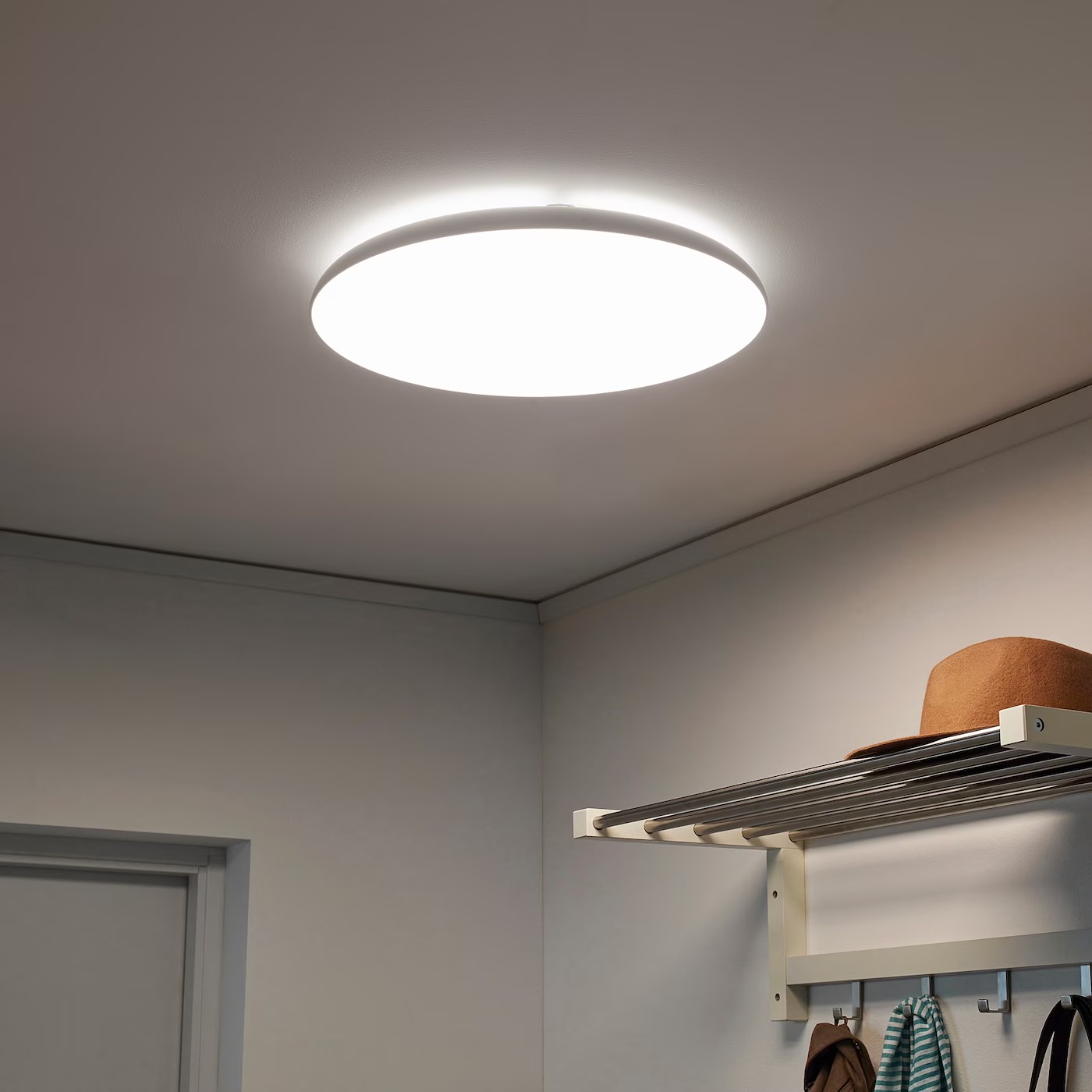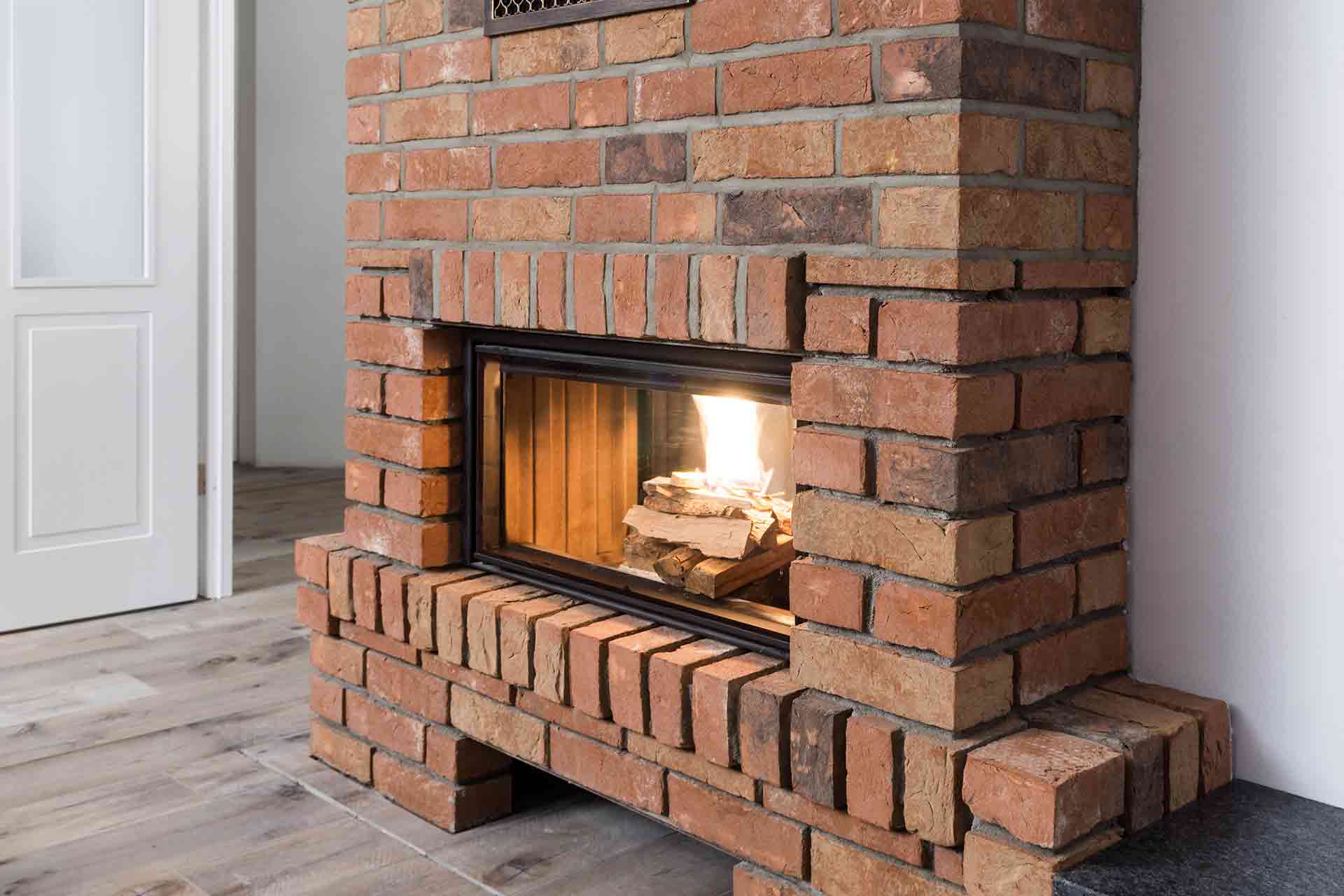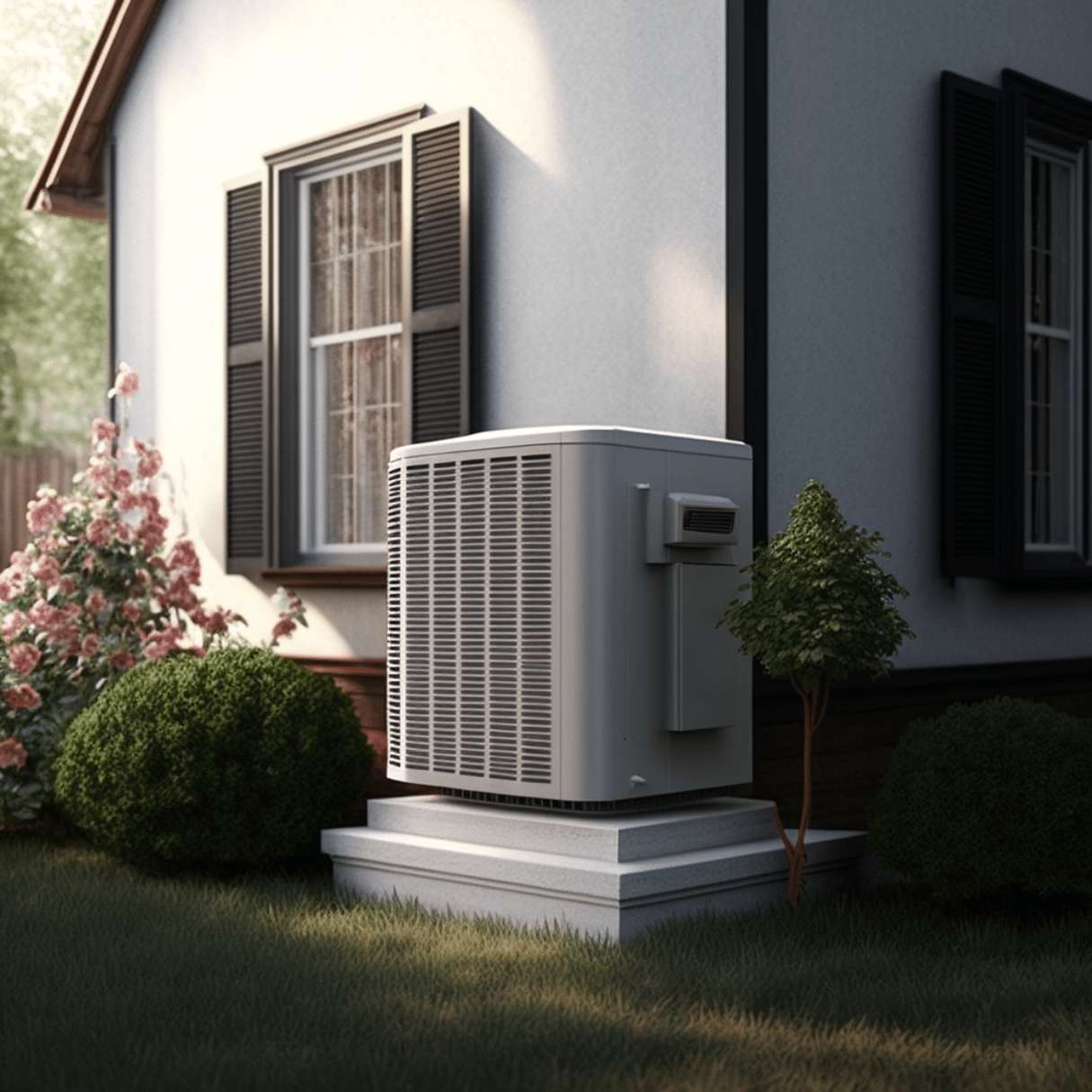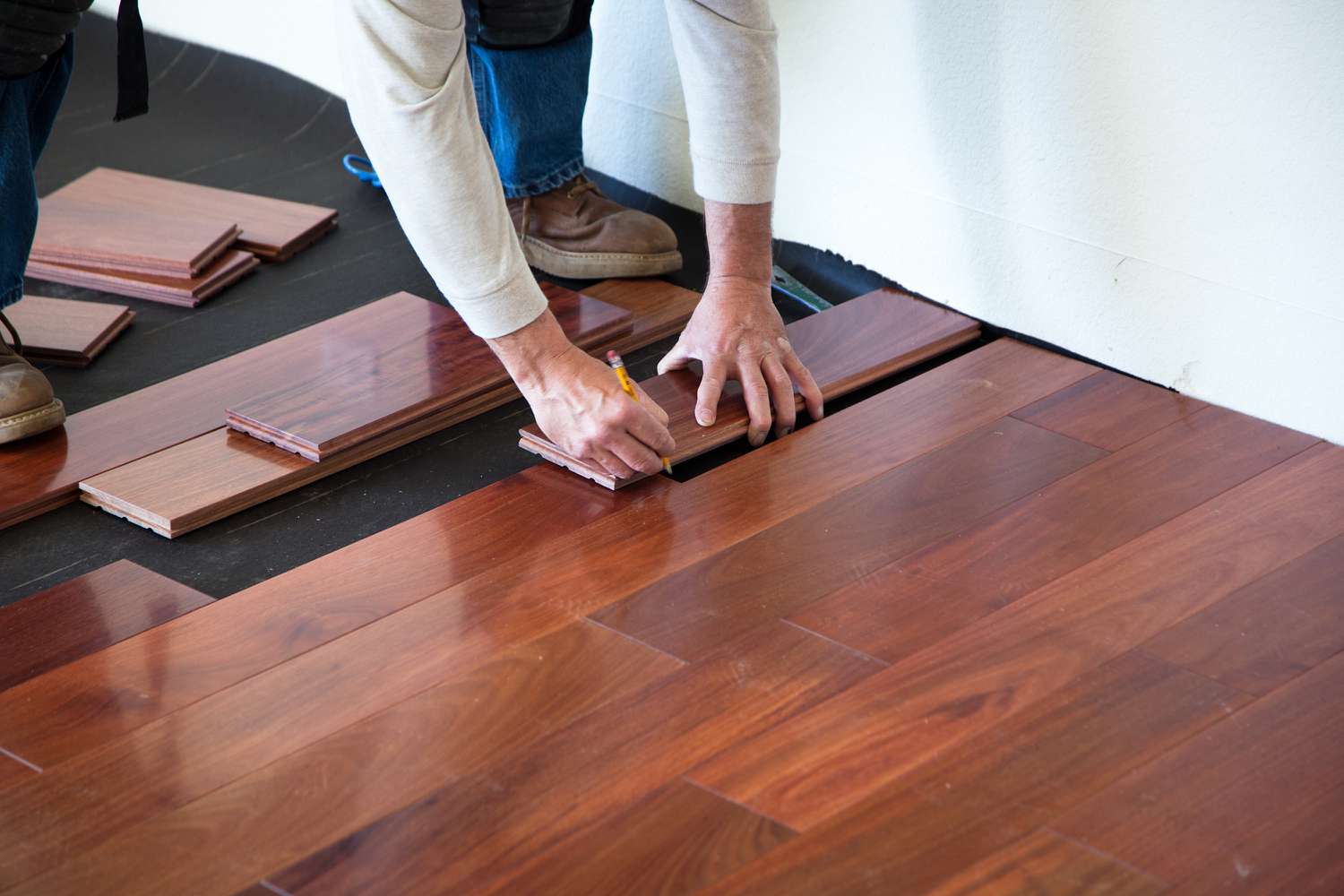Home>Home Maintenance>How Much Does It Cost To Install A Dryer Vent
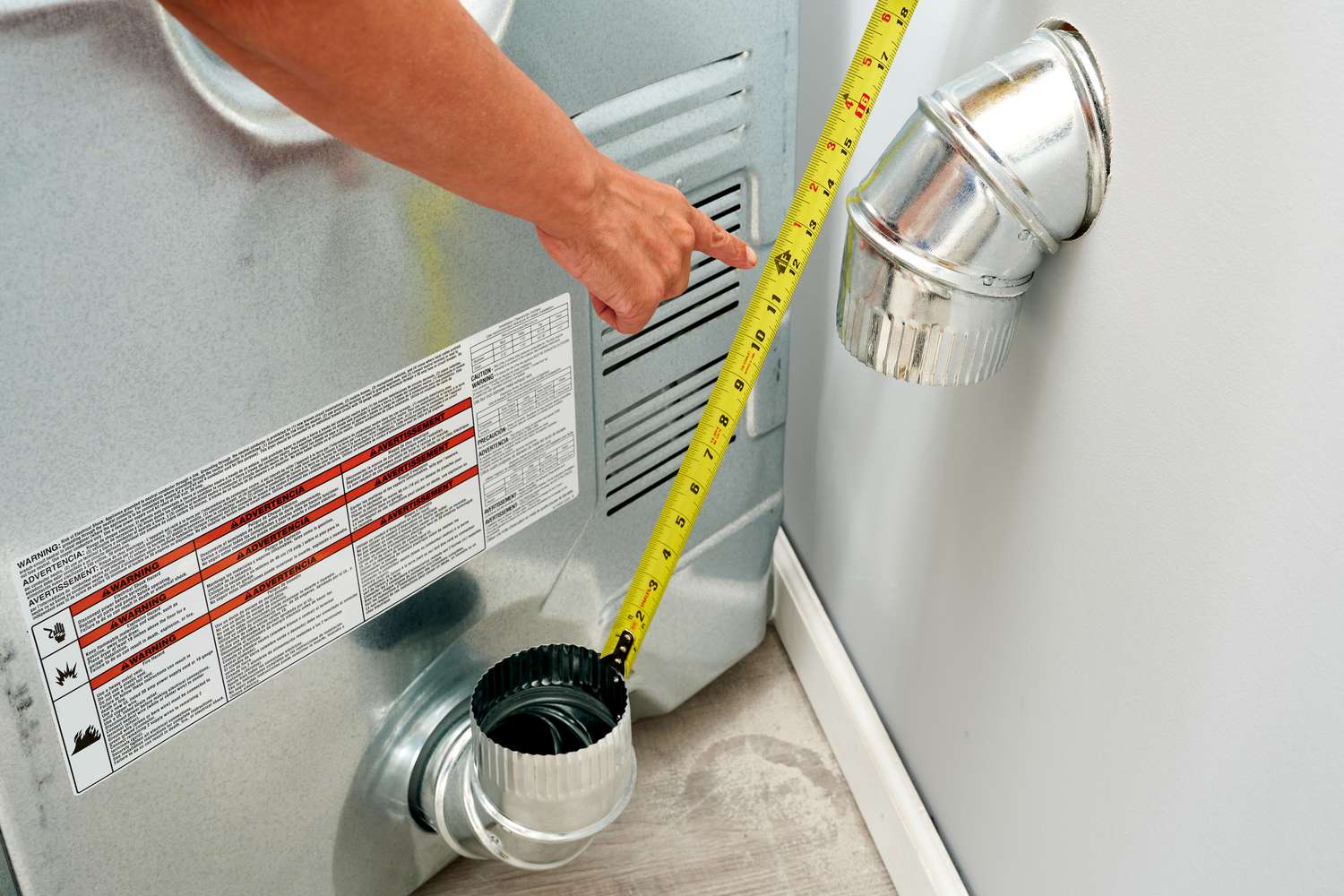

Home Maintenance
How Much Does It Cost To Install A Dryer Vent
Modified: October 20, 2024
Learn about the average cost of installing a dryer vent in your home. Proper home maintenance is essential for a safe and efficient operation.
(Many of the links in this article redirect to a specific reviewed product. Your purchase of these products through affiliate links helps to generate commission for Storables.com, at no extra cost. Learn more)
Introduction
Welcome to our comprehensive guide on the cost of installing a dryer vent. If you are in the process of upgrading your laundry area or installing a new dryer, ensuring proper ventilation is crucial. A dryer vent allows hot air and moisture to escape from your dryer, preventing damage to your home and keeping your laundry room safe and comfortable. However, installing a dryer vent is not a simple task and typically requires professional assistance. In this article, we will explore the various factors that can affect the cost of dryer vent installation, the types of materials used, labor costs, additional expenses, and the decision between DIY and hiring a professional.
Key Takeaways:
- Proper dryer vent installation is crucial for safety and efficiency. Factors affecting cost include location, materials, labor, and additional expenses. Consulting professionals helps in making informed decisions.
- Choosing between DIY and professional installation depends on skills, time, and safety considerations. Hiring a professional ensures correct installation and peace of mind with warranties and guarantees.
Read more: How Much Does It Cost To Clean A Dryer Vent
Factors Affecting the Cost of Dryer Vent Installation
Several factors can impact the cost of installing a dryer vent. Understanding these factors will help you estimate the overall expense and make informed decisions. Here are the key factors to consider:
- Location: The location of the dryer and the distance to the exterior wall play a significant role in determining the cost. If the dryer is located near an exterior wall, the installation process may be simpler and less expensive.
- Material and Size: The type of dryer vent material you choose, such as aluminum, vinyl, or rigid metal, can affect the cost. Additionally, the size or diameter of the vent can impact the installation cost, as larger vents may require additional materials and labor.
- Accessibility: The accessibility of the venting area can influence the cost. If the dryer vent is easily accessible and there are no obstacles or obstructions, the installation process will be relatively straightforward. However, if the venting area is difficult to reach or requires modifications, the installation cost may increase.
- Existing Ductwork: If you already have existing ductwork in place, the cost of installation may be lower compared to installing a completely new vent. However, modifications or repairs to the existing ductwork may still be necessary, affecting the overall cost.
- Permits and Regulations: Depending on your local building codes and regulations, you may need to obtain permits for dryer vent installation. The cost of permits, inspections, and complying with regulations can add to the total expense.
Keep in mind that these factors can vary depending on your specific circumstances and location. It is recommended to consult with a professional to evaluate your needs and receive an accurate estimate.
Type of Dryer Vent Materials and Their Costs
When it comes to dryer vent materials, there are several options available, each with its own advantages and price range. Here are the most common types of dryer vent materials and their associated costs:
- Aluminum: Aluminum vents are popular due to their affordability and durability. They are flexible and easy to install, making them a popular choice for many homeowners. Aluminum vents typically range in price from $10 to $30 depending on the length and diameter required.
- Vinyl: Vinyl dryer vents are another cost-effective option. They are lightweight and resistant to weather conditions. However, they are less durable compared to other materials and may require more maintenance. Vinyl vents are generally priced between $10 and $25.
- Rigid Metal: Rigid metal vents, often made of galvanized steel or aluminum, offer excellent durability and fire resistance. They are recommended for longer vent runs and installations that require a rigid structure. The cost of rigid metal vents can range from $20 to $50 depending on the length and diameter.
- Flexible Metal: Flexible metal vents, typically made of aluminum, offer versatility and ease of installation. They can be bent and adjusted to accommodate various installation scenarios. The cost of flexible metal vents varies from $15 to $40 based on the length and diameter requirements.
It is important to note that these prices are approximate and can vary based on the supplier, location, and any additional features or accessories included with the vent. Additionally, it is crucial to select a vent that complies with the manufacturer’s recommendations and local building codes for safety and efficiency.
When selecting a dryer vent material, consider factors such as the length of the vent run, the position of the dryer in relation to the exterior wall, and the specific requirements of your dryer model. Consulting with a professional can help you determine the most suitable material for your needs while staying within your budget.
Labor Cost for Dryer Vent Installation
When it comes to dryer vent installation, hiring a professional is often recommended to ensure proper installation and compliance with safety regulations. The labor cost for installing a dryer vent can vary depending on several factors, including the complexity of the installation and the region you are in. Here are some key considerations regarding labor costs:
- Professional Installation: Hiring a professional ensures that the installation is done correctly and meets safety standards. Professional installers have the necessary tools, knowledge, and expertise to complete the job efficiently. The cost of professional dryer vent installation typically ranges from $150 to $500, depending on the location and complexity of the project.
- Complexity of Installation: The labor cost can increase if the installation requires additional steps or modifications. For example, if the dryer vent needs to be routed through a finished wall or if there are obstacles in the way that require adjustments or custom work, the labor cost will likely be higher.
- Time and Effort: The time and effort required for installation can also impact the labor cost. If the installation is straightforward and the venting area is easily accessible, the installation may be quicker and more affordable. However, if the installation involves navigating tight spaces, working with older ductwork, or making structural modifications, it may require more time and effort, thus increasing the labor cost.
- Additional Services: Some professionals may offer additional services as part of the installation process, such as cleaning or repairing existing ductwork. These services may incur additional charges but can contribute to the overall efficiency and performance of your dryer vent system.
It is important to obtain multiple quotes from reputable professionals in your area. This will help you compare prices and find a balance between cost and quality. Remember to consider the reputation, experience, and qualifications of the professionals you are considering to ensure you receive reliable and satisfactory service.
While hiring a professional can be an additional expense, it provides peace of mind knowing that the installation is done correctly, reducing the risk of safety hazards and potential damage to your home.
When installing a dryer vent, it’s important to consider the materials needed, labor costs, and any necessary permits. It’s best to get quotes from multiple contractors to compare prices and find the best deal.
Additional Costs to Consider
When budgeting for dryer vent installation, it’s important to consider potential additional costs beyond just the materials and labor. These additional expenses can vary based on factors such as the condition of your existing venting system and any specific requirements of your dryer model. Here are some common additional costs to consider:
- Ductwork Modification or Repair: If your existing ductwork needs modification or repair to accommodate the new dryer vent, there may be additional costs involved. This can include resizing the ducts, repairing leaks or damage, or rerouting the ductwork for better airflow. The extent of the modifications or repairs required will determine the cost.
- Venting Accessories: Depending on your specific needs, you may need to purchase additional venting accessories such as elbows, connectors, clamps, or wall caps. These components ensure proper airflow and connection between the dryer and the vent system. The cost of these accessories can vary based on the material and quality.
- Permits and Inspections: In some areas, obtaining permits for dryer vent installation and scheduling inspections may be required by local building codes. The cost of permits and any associated inspection fees should be taken into account when budgeting for the installation.
- Professional Cleaning Services: While not always necessary, it is recommended to have your dryer vent professionally cleaned on a regular basis to prevent lint buildup and improve efficiency. This service may incur additional costs, but it can prolong the lifespan of your dryer and reduce the risk of fire hazards.
- Upgraded Vent Covers: If you want to enhance the aesthetics or functionality of your dryer vent, you may consider upgrading to a more visually appealing or weather-resistant vent cover. While this is an optional expense, it can provide added benefits and improve the overall appearance of your home’s exterior.
It’s essential to discuss these potential additional costs with a professional installer to fully understand the requirements and estimate the total expenses involved in the installation process. By considering these additional costs upfront, you can avoid any unexpected financial surprises and plan your budget accordingly.
Read more: How Much Does Dryer Repair Cost
DIY vs. Hiring a Professional
When it comes to dryer vent installation, you may be considering whether to tackle the project yourself or hire a professional. While DIY can save you money in labor costs, it’s essential to weigh the pros and cons before making a decision. Here are some factors to consider when deciding between DIY and hiring a professional:
- Technical Knowledge and Experience: Installing a dryer vent requires a certain level of technical knowledge and experience. If you are confident in your DIY skills and have previous experience with similar projects, you may be able to handle the installation yourself. However, if you are unsure about the process or lack experience, it is recommended to hire a professional to ensure proper installation and compliance with safety standards.
- Tools and Equipment: Installing a dryer vent typically requires specific tools and equipment, such as a drill, screwdrivers, duct clamps, and a measuring tape. If you don’t already have these tools, you’ll need to consider the cost of purchasing or renting them for the DIY installation. Hiring a professional eliminates the need for tool investments while ensuring that the installer has the necessary equipment to complete the job efficiently.
- Time and Effort: Installing a dryer vent can be a time-consuming and physically demanding task, especially if there are complexities involved, such as navigating tight spaces or making modifications to existing ductwork. Consider whether you have the time, energy, and patience to dedicate to the project. Hiring a professional allows you to save time and avoid the physical strain, as they will handle all aspects of the installation process.
- Safety and Compliance: Ensuring safety and compliance with building codes is crucial when installing a dryer vent. Professionals are well-versed in safety protocols and regulations and can ensure that the installation meets all requirements. If you are unsure about the safety aspects or lack knowledge of local building codes, it’s recommended to hire a professional to avoid potential hazards and legal issues down the line.
- Warranty and Guarantees: Hiring a professional often comes with warranties and guarantees for their workmanship. This provides you with peace of mind knowing that in the rare event of any issues or defects, the professional will rectify the problem at no additional cost. DIY installations may lack such warranties unless you have expertise in the field.
Ultimately, the decision to DIY or hire a professional depends on your comfort level, skills, available time, and budget. While DIY may be suitable for some homeowners, it’s important to prioritize safety and quality when it comes to dryer vent installation. Consulting with a professional can help you assess the complexity of your specific installation and make an informed decision that best suits your needs.
Conclusion
Installing a dryer vent is a crucial step in maintaining the safety and efficiency of your laundry area. Understanding the various factors involved in the cost of installation, including materials, labor, and additional expenses, will help you plan your budget accordingly. While the cost of installation can vary depending on factors such as location, material choices, and complexity of the job, it’s important to prioritize proper installation and compliance with safety regulations.
Choosing the right materials for your dryer vent, such as aluminum, vinyl, rigid metal, or flexible metal, should be based on your specific needs, budget, and requirements. It is recommended to consult with professionals to determine the most suitable material for your situation.
When it comes to labor costs, hiring a professional ensures that the installation is done correctly and meets safety standards. The cost of professional installation can vary based on factors such as complexity, time and effort required, and any additional services provided. Obtaining multiple quotes and considering the reputation and qualifications of professionals will help you make an informed decision that balances cost and quality.
Additional costs, such as ductwork modification or repair, venting accessories, permits, inspections, and professional cleaning services, should also be taken into account when budgeting for dryer vent installation. Planning for these expenses upfront will help you avoid unexpected financial surprises.
The decision between DIY and hiring a professional depends on your technical knowledge, experience, available tools, and time. While DIY can save you money, it’s important to consider safety, compliance, and the complexity of the job. Hiring a professional provides peace of mind, expertise, warranties, and guarantees for their workmanship.
In conclusion, investing in a proper dryer vent installation is essential for the safety, efficiency, and longevity of your dryer and home. By taking into account the various factors and costs associated with installation, you can make an informed decision that meets your needs and ensures a well-functioning laundry area for years to come.
Curious about who can tackle your next home improvement project, particularly when it comes to setting up essential appliances? Our guide on dryer vent installation offers a detailed look into the professionals equipped for this job. Whether you're considering a DIY approach or thinking about professional help, understanding who is qualified and what skills are necessary can save you both time and money. Don't miss out on this crucial read for maintaining a safe and efficient household.
Frequently Asked Questions about How Much Does It Cost To Install A Dryer Vent
Was this page helpful?
At Storables.com, we guarantee accurate and reliable information. Our content, validated by Expert Board Contributors, is crafted following stringent Editorial Policies. We're committed to providing you with well-researched, expert-backed insights for all your informational needs.
